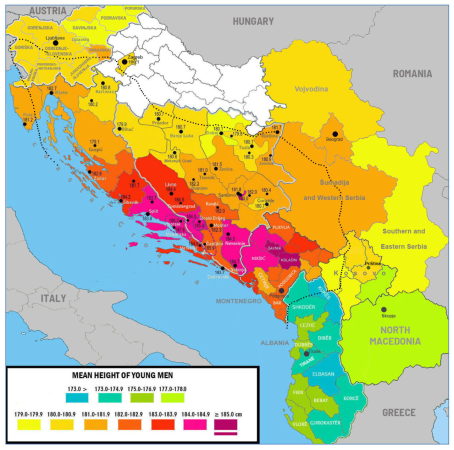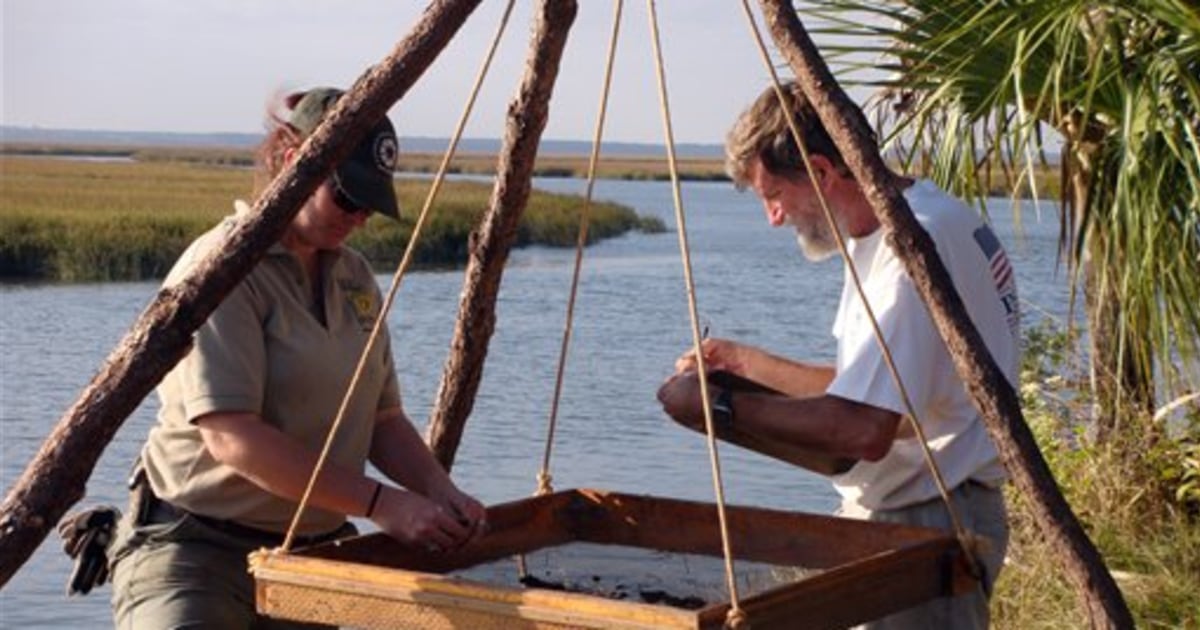It's Cuz the Parisii were named after Paris the Trojan. Trojan Elites were largely Dardani, Mysian, Phrygian etc... all of Daco-Thracian stock and exiled across Europe and different parts since the fall of Troy. Doesn't the modern day Paris-area have high E-V13?
Again, I'm joking. But the parallels are fun to think about.
The high E1b1b around Paris seems to be mostly the result of recent migrants from Africa, rather. Some of the highest percentages of E-V13 in France come from ethnic Germans in Alsace-Lorraine. Alsace-Lorraine is in the high frequency zone of E-V13 within the German speaking world, together with the Eifel-Hunsrück area, basically most of Rhineland-Palatainate, South Hesse and Franconia, in Northern Bavaria. The Rhenish area in general seems to have an increased level.
Last edited:






